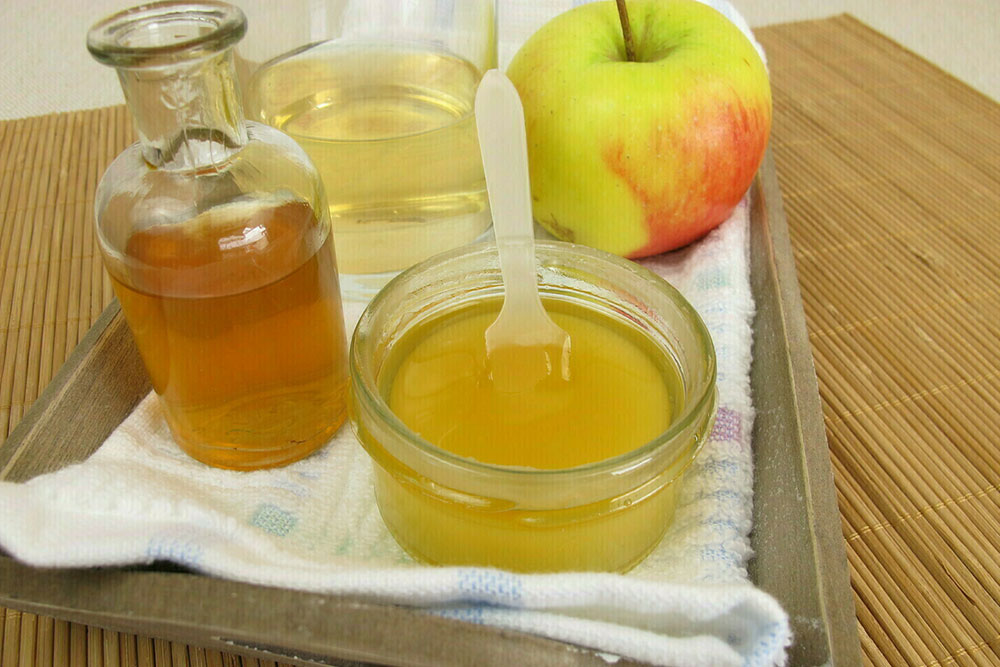8 natural scents that repel mosquitos

Mosquitos can be pretty annoying, but more than that, they can also be harmful as they are the carriers of disease-causing germs. The insect is attracted to various scents like skin odor, scented soaps, and more. Carbon dioxide emitted by human beings, along with other typical body fragrances, can be a great pull for mosquitos. So, which are the scents that repel them? Here are eight of them that can keep mosquitos at bay:
8 natural mosquito repellents
Lemon eucalyptus oil or OLE
A study conducted in 2014 proved that 32% of OLE can provide effective protection (up to 95%) from mosquitos for up to three hours. The plant-based natural oil has been in use ever since the 1940s as a mosquito repellent. This natural oil is approved by the Centers for Disease Control (CDC) too. It is possible to make this repellent at home. All you need is a mixture in the ratio of 1:10 of lemon eucalyptus oil to sunflower oil.
Precaution: Take care not to use the pure version or OLE essential oils. Also, it is better not to use the concoction on a three-year-old or kids aged less than this.
Citronella
Citronella is probably one of the most effective natural oils to keep mosquitos at bay.







